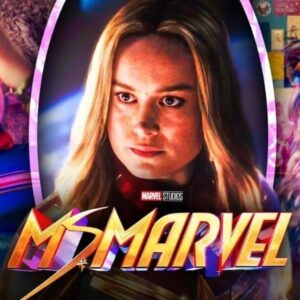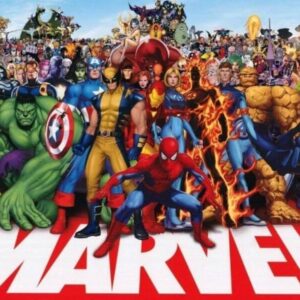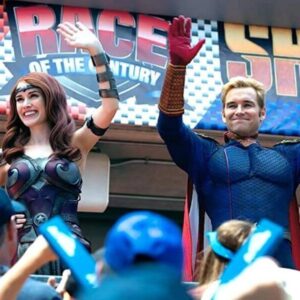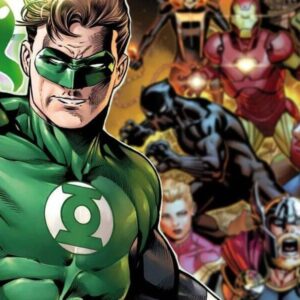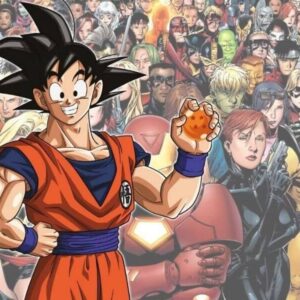What does Warner Bros own? Warner Bros. Entertainment Inc or abbreviated as WB, or WBEI) is an American film and entertainment studio headquartered at the Warner Bros. Studios complex in Burbank, California, and a subsidiary of Warner Bros. Discovery (WBD). Founded in 1923 by four brothers, Harry, Albert, Sam, and Jack Warner, the company established itself as a leader in the American film industry before diversifying into animation, television, and video games, and is one of the “Big Five” major American film studios, as well as a member of the Motion Picture Association (MPA).
The company is known for its film studio division, the Warner Bros. Motion Picture Group, which includes Warner Bros. Pictures, New Line Cinema, Warner Bros. Pictures Animation, Castle Rock Entertainment, and DC Studios. Among its other assets, stands the television production company Warner Bros. Television Studios. Bugs Bunny, a cartoon character created for the Looney Tunes series, is the company’s official mascot.
What does Warner Bros own?
Warner Bros. is the parent company of several entertainment businesses, such as Warner Bros. Television Group, New Line Cinema, DC Entertainment, and Warner Bros. Pictures. Additionally, they are the owners of the Warner Bros. Studio Tour Hollywood, which gives visitors access to the Warner Bros. studio complex.
Which of these firms would you prefer more information about?
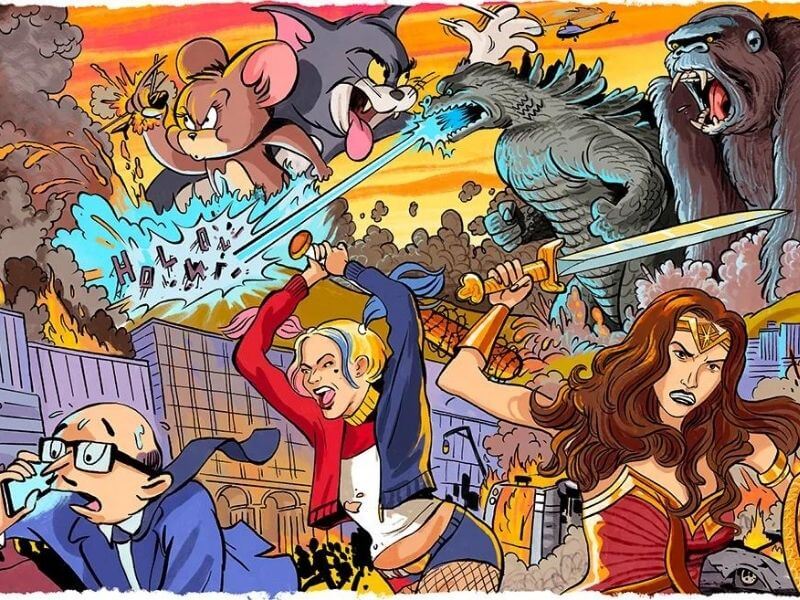
Films of the 1920s and ’30s: The Jazz Singer and gangster dramas
When the company ran into financial difficulties in the mid-1920s, Sam Warner persuaded his brothers to collaborate in developing a patent on a process (Vitaphone) that made the “talkies” possible, revolutionizing the film industry. The studio’s Don Juan (1926) opened with a completely synchronized musical sound track, and The Jazz Singer (1927) was the first film with synchronized dialogue.
(Sam died only 24 hours before the latter’s premiere.) Warner Brothers then made Lights of New York (1928), the first full-length all-talking film, and On with the Show (1929), the first all-talking colour movie. The enormous financial success of these early sound films enabled Warner Brothers to become a major motion-picture studio. By the 1930s Warner Brothers was producing about 100 motion pictures a year and controlled 360 theatres in the United States and more than 400 abroad.
Warner Brothers became known for its tightly budgeted, technically competent entertainment films. In the early 1930s the company started the craze for gangster films with Little Caesar (1931), The Public Enemy (1931), and Scarface (1932), and throughout the ’30s it presented films featuring such stars as James Cagney and Edward G. Robinson in gangster roles.
Warner Brothers also presented Busby Berkeley’s musical extravaganzas, many swashbuckling and adventure films starring Errol Flynn, and dramas featuring such stars as Paul Muni, Bette Davis, Humphrey Bogart, and John Garfield. The decade was also notable for the debut of Looney Tunes, an animated short film series.
The 1940s and ’50s: classic films and the first TV series
Among the studio’s best-known films of the 1940s and ’50s were such classics as The Maltese Falcon (1941), Casablanca (1942), A Streetcar Named Desire (1951), and Rebel Without a Cause (1955).
During this period Warner Brothers also expanded into television with the premiere of the western series Cheyenne in 1955. Other noteworthy series to debut that decade included Maverick and 77 Sunset Strip. In 1956 Jack Warner, Warner’s longtime vice president in charge of production, became the company’s president, after the last of his elder brothers had retired; Jack remained with Warner Brothers until 1972, when he also retired.
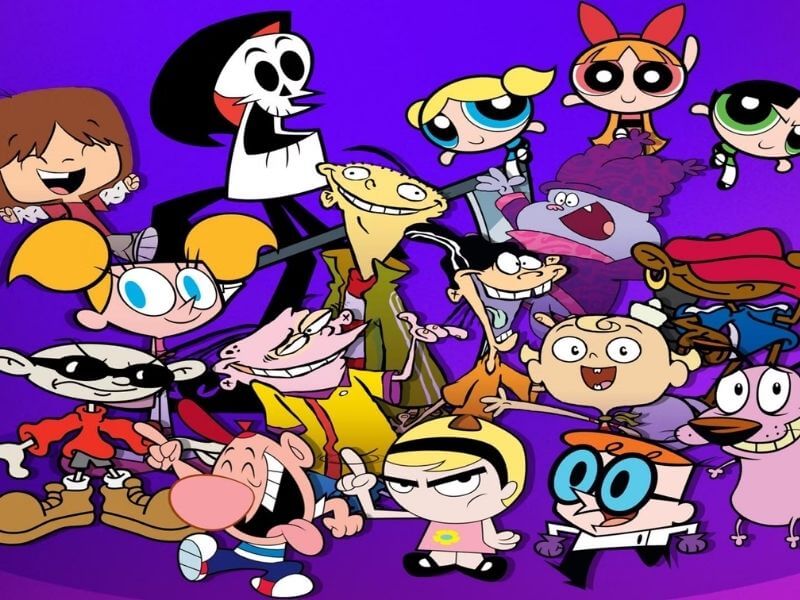
New ownership and diversification
Although the studio had successes in the 1960s with such films as My Fair Lady (1964) and Who’s Afraid of Virginia Woolf? (1966), its offscreen efforts were also of particular note. In 1967 Elliot and Ken Hyman acquired Warner Brothers and renamed it Warner Bros.-Seven Arts.
Two years later, however, they sold it to the Kinney Corporation, which was headed by Steven J. Ross. He transformed Kinney into the media and entertainment empire Warner Communications, and Warner Bros., Inc., as it was renamed, became a highly diversified subsidiary, venturing into such areas as music, video games, and comic books.
Despite such expansion, Warner Brothers remained focused on films and television programs. Over the next two decades it produced such noteworthy big-screen movies as The Exorcist (1973), Blazing Saddles (1974), Blade Runner (1982), and The Color Purple (1985) and introduced the blockbuster series Dirty Harry, Lethal Weapon, and Superman.
Its TV hits included Welcome Back, Kotter; The Dukes of Hazzard; and Murphy Brown. It also had success with the miniseries Roots, The Thorn Birds, and North & South. In 1972 Warner entered into cable television, and in 1989 it acquired Lorimar Telepictures, which was known for such popular series as The Waltons, Dallas, and Eight Is Enough.
Later developments: Time Warner, Friends, and Harry Potter
In 1990 Warner Communications merged with Time Inc. to form Time Warner Inc., the largest media and entertainment corporation in the world. Warner Brothers became a division of the newly formed venture. Subsequent films included GoodFellas (1990), The Fugitive (1993), Inception (2010), and Wonder Woman (2017) as well as The Matrix, Harry Potter, and Ocean’s Eleven series.
On the small screen, Warners was responsible for perhaps two of the most popular shows of the 1990s and early 2000s: Friends and ER. Its later TV successes included The Big Bang Theory. In addition, Warner joined with Tribune Broadcasting to launch the WB, a broadcast television network, in 1995. The WB ran until 2006, when the CW channel replaced it.
Is Warner Bros bigger than Sony?
Indeed, Warner Bros. has a higher revenue than Sony.
In 2022, Warner Bros. brought in $18.9 billion in revenue, while Sony brought in $99.6 billion. Nonetheless, a range of industries, including electronics, finance, and entertainment, contribute to Sony’s income. The entertainment division of Warner Bros. is the main source of company income.
Which entertainment company—Sony or Warner Bros. Discovery—would you like more information about?
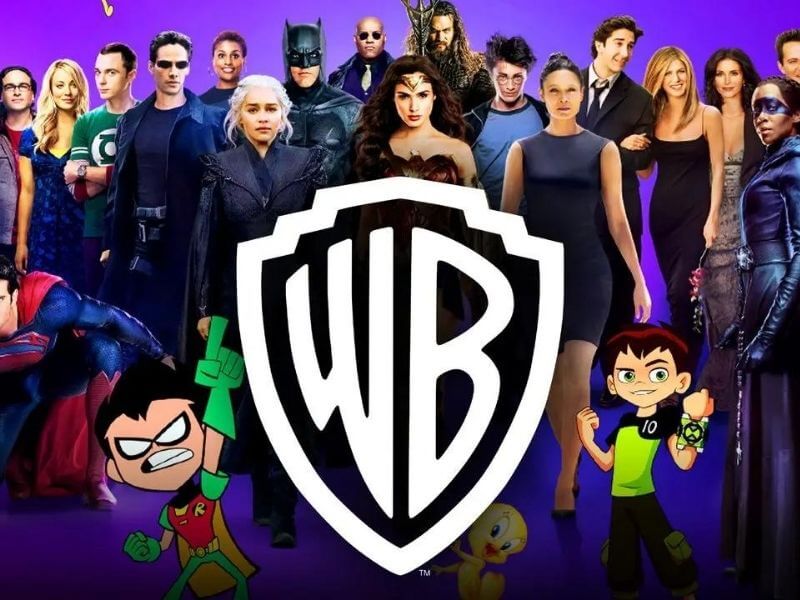
Above is information about What does Warner Bros own? Who is this Warner Bros about? that we have compiled. Hopefully, through the above content, you have a more detailed understanding of Warner Bros own. Thank you for reading our post.



